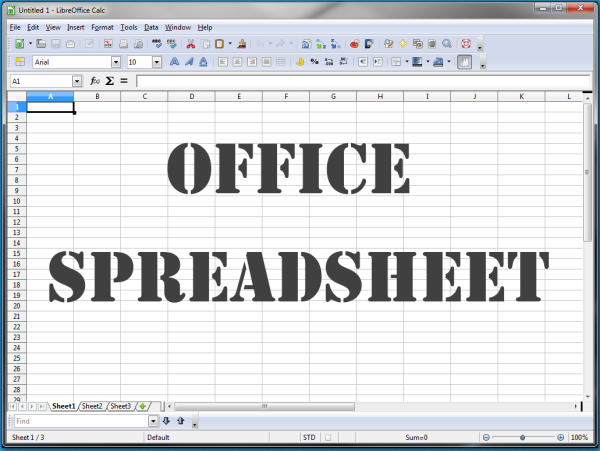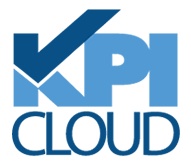by Sid Goel
Do you really know what’s going on inside your business?
Or are you just looking at sets of spreadsheets? Of course, recording data in spreadsheets is the natural starting point but it doesn’t take long before it is too time-consuming, potentially inaccurate and misleading, particularly in the reconciliation of data for reporting purposes.
Growing businesses need to know exactly what drives their profitability and costs them money, and can little afford the time it takes to turn spreadsheet numbers into tools for decision making. Not to mention the fact that data might not be accurate in the first place. Spreadsheets are often maintained by a single person and errors can occur – an unnecessary risk when the alternatives are now so readily available.
What can BI do for you?
There are two really important aspects of business intelligence (BI) tools that can transform your single function reports into consolidated and insightful information. The first is to tell you how your business is performing – Sales, Costs, Profit. The second is finding out more about your customers – who they are, what their spending habits are, how well they respond to promotions. This insight has the potential to drive innovation and deliver transformational growth.
Step away from spreadsheet hell
Your first step is to acknowledge that you have a problem. If you are not able to confidently make decisions because you fear that your data is either out-of-date or inaccurate, then you need to read on.
Next, define the data you really need to understand to help you manage your business. Make sure your requirements are written using a common business language. Express your requirements in terms of what you want to do with the information. This will prevent you from spending time and money collecting data that you are not going to use. Then look for tools that you can trust and that can deliver efficiency and consistency. Make sure that your front end – your user interface – is both usable (can I use it easily?) and manageable (is it relevant for my business?).
You need to have a set of BI tools that everyone in your business can use – not just IT people and not just senior managers. You need an architecture that collects a consistent set of data with the right access tools to empower everyone in your organization.
And finally, you need to be able to quickly and simply connect your BI tools over your existing databases and applications, so that you can perform vital analysis and make sound decisions about your business.
It goes without saying that it pays to start this process early. If you are a smaller, younger business, the chances are that you don’t have a messy architecture and you can more easily integrate and consolidate your data into one central place. So get started now.
 |
Sid Goel is a founding partner at KPI Partners. As a leader in the consulting industry, he has led hundreds of successful business intelligence, ERP, CRM, data integration, and cloud-based analytical projects. Check out Sid's blog at KPIPartners.com. |





